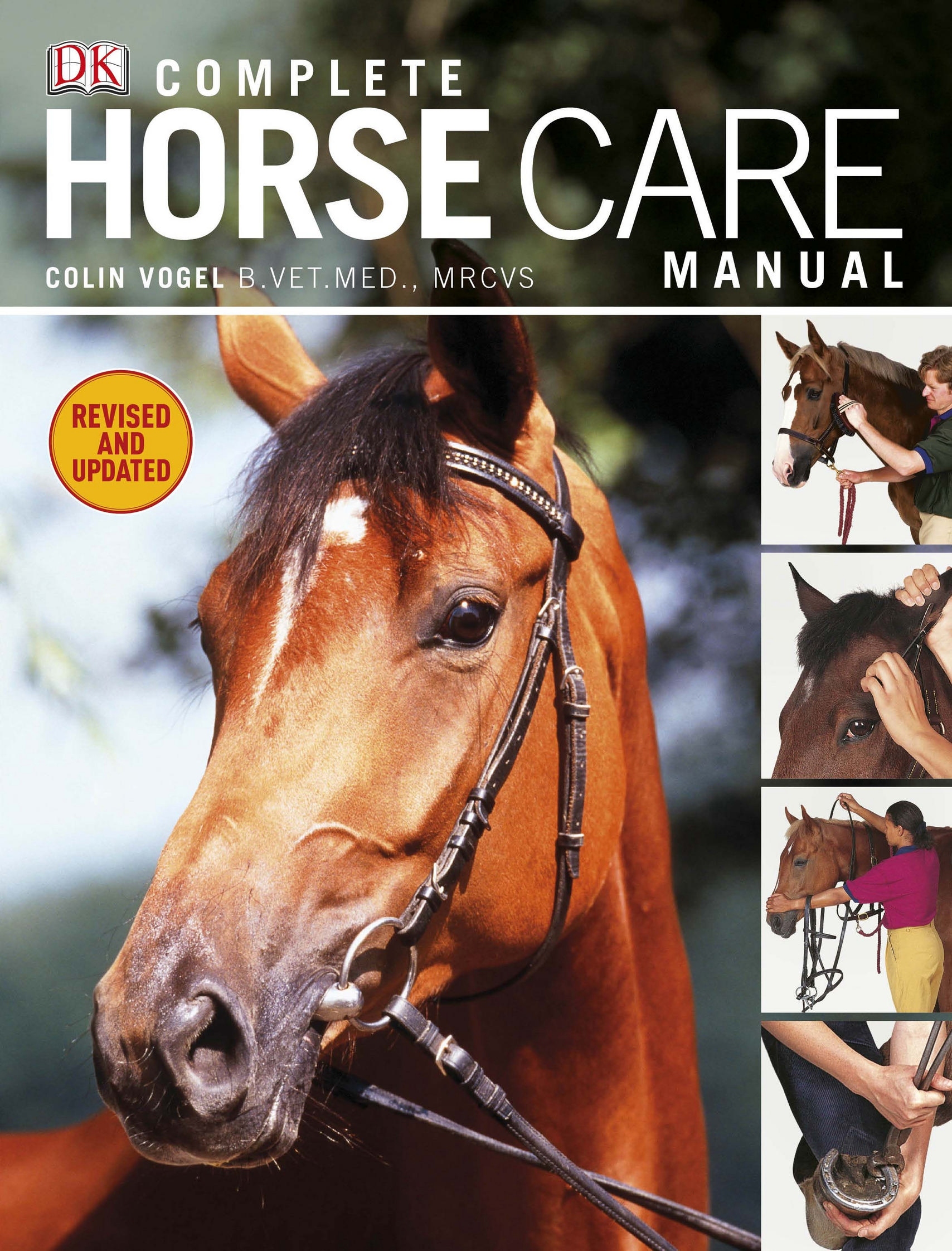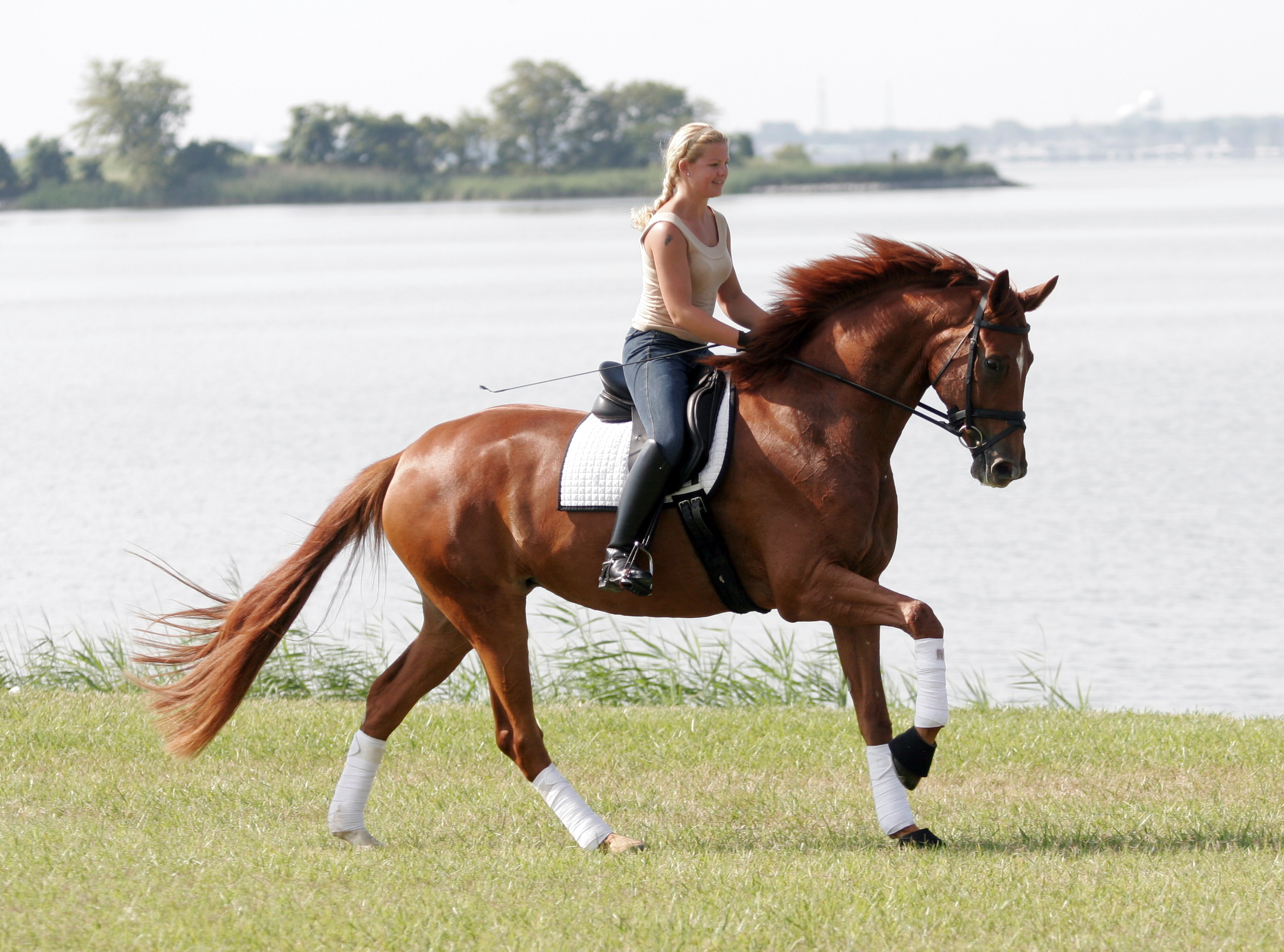Reading Books:
That's right- it's time to crack some spines! (book spines. please don't crack someone else's spine) There are so many non-fiction books about horses and so much that these books can teach you. If you go to your local library, chances are there will be at least one horse book there that can help you. In the past, I have recommended Storey's Horse-lover's Encyclopedia, but I will also recommend the Complete Horse Care Manual if you are more of a beginner to horse care.
 |
| The Complete Horse Care Manual, pic from indoexpatriate.wordpress.com |
However, there are many more that you can check out, from books about exercises on horse back, to training manuals, to books about horsemanship.
But it's not just the non-fiction books that can help you. You can learn plenty just by reading about horsey adventures in fiction books! I used to be (and still am) a massive fan of the Phantom Stallion series, as well as anything by Stacy Gregg and the A Circuit series.
Watching Videos:
Whether they are DVDs or youtube tutorials, there is plenty to learn from watching videos. Even by scrolling through the youtube comments in a horse video you can find lots of advice, though some of this is not the best. A channel I will highly recommend is Evention, which is run by two eventers who have lots of experience to share. Just watching horse riding on tv can be helpful, by listening to the commentary or watching the experts do their thing.
 |
| Evention's logo, pic from www.schrammequestrian.com |
Wanting to know the answer to a particular question? Search it online, and I guarantee you will find the answer. Want some tips to improve your riding? Just look it up, and you'll probably find something to help you. Even if you just want to read up more on horses, type the word horse into the search bar and read to your heart's content. There are so many resources on the internet, and it can be even more helpful than reading books, just because it is quick and easy. If you're on this blog right now, chances are you've done some reading already ;)
and last but not least
Join a Horse Forum:
There are many horse forums on the internet, but the biggest ones are HGS forum and horseforum.com. If you can't find the answer you want by searching the internet, ask the question on a horse forum. You don't even have to post in a forum to benefit from it- I have learned so much just by browsing the different threads and conversations. There are a lot of experienced horse people on online forums, and they have heaps of information to share.
I hope that this has been helpful and that you learn heaps :)







